I have a table containing values as follows
╔═══╦════╦════╦══════╦══════╗
║ b ║ l1 ║ l2 ║ l3 ║ l4 ║
╠═══╬════╬════╬══════╬══════╣
║ a ║ b1 ║ c1 ║ d1 ║ e1 ║
║ d ║ x1 ║ y1 ║ null ║ null ║
╚═══╩════╩════╩══════╩══════╝
The output should be:
╔═══════════╗
║ ab1c1d1e1 ║
║ ab1c1d1 ║
║ ab1c1 ║
║ ab1 ║
║ dx1y1 ║
║ dx1 ║
╚═══════════╝
Is it possible? I see a pattern here but able to figure it out how to do it. P.S: ROLLUP can't be used as the server doesn't support it.

